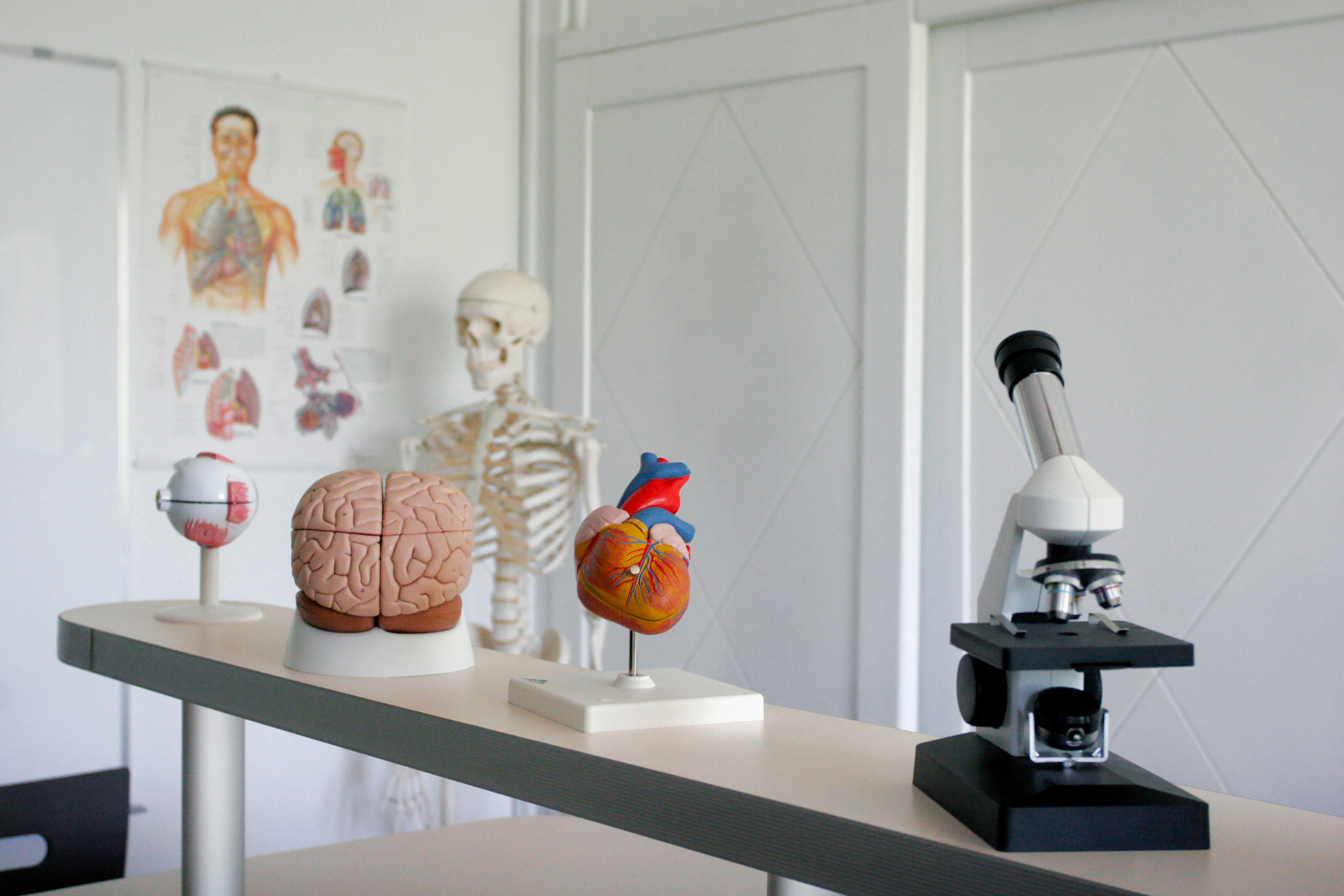Can Biology Class Reduce Racism?
By Amy Harmon,
The New York Times
| 12. 07. 2019
Biology textbooks used in American high schools do not go near the sensitive question of whether genetics can explain why African-Americans are overrepresented as football players and why a disproportionate number of American scientists are white or Asian.
But in a study starting this month, a group of biology teachers from across the country will address it head-on. They are testing the idea that the science classroom may be the best place to provide a buffer against the unfounded genetic rationales for human difference that often become the basis for racial intolerance.
At a recent training in Colorado, the dozen teachers who had volunteered to participate in the experiment acknowledged the challenges of inserting the combustible topic of race and ancestry into straightforward lessons on the 19th-century pea-breeding experiments of Gregor Mendel and the basic function of the strands of DNA coiled in every cell.
The new approach represents a major deviation from the usual school genetics fare, which devotes little time to the extent of genetic differences across human populations, or how traits in every species are shaped by...
Related Articles
By Josie Ensor, The Times | 12.09.2025
A fertility start-up that promises to screen embryos to give would-be parents their “best baby” has come under fire for a “misuse of science”.
Nucleus Genomics describes its mission as “IVF for genetic optimisation”, offering advanced embryo testing that allows...
By Hannah Devlin, The Guardian | 12.06.2025
Couples undergoing IVF in the UK are exploiting an apparent legal loophole to rank their embryos based on genetic predictions of IQ, height and health, the Guardian has learned.
The controversial screening technique, which scores embryos based on their DNA...
By Frankie Fattorini, Pharmaceutical Technology | 12.02.2025
Próspera, a charter city on Roatán island in Honduras, hosts two biotechs working to combat ageing through gene therapy, as the organisation behind the city advertises its “flexible” regulatory jurisdiction to attract more developers.
In 2021, Minicircle set up a...
By Vardit Ravitsky, The Hastings Center | 12.04.2025
Embryo testing is advancing fast—but how far is too far? How and where do we draw the line between preventing disease and selecting for “desirable” traits? What are the ethical implications for parents, children, clinicians, and society at large? These...




